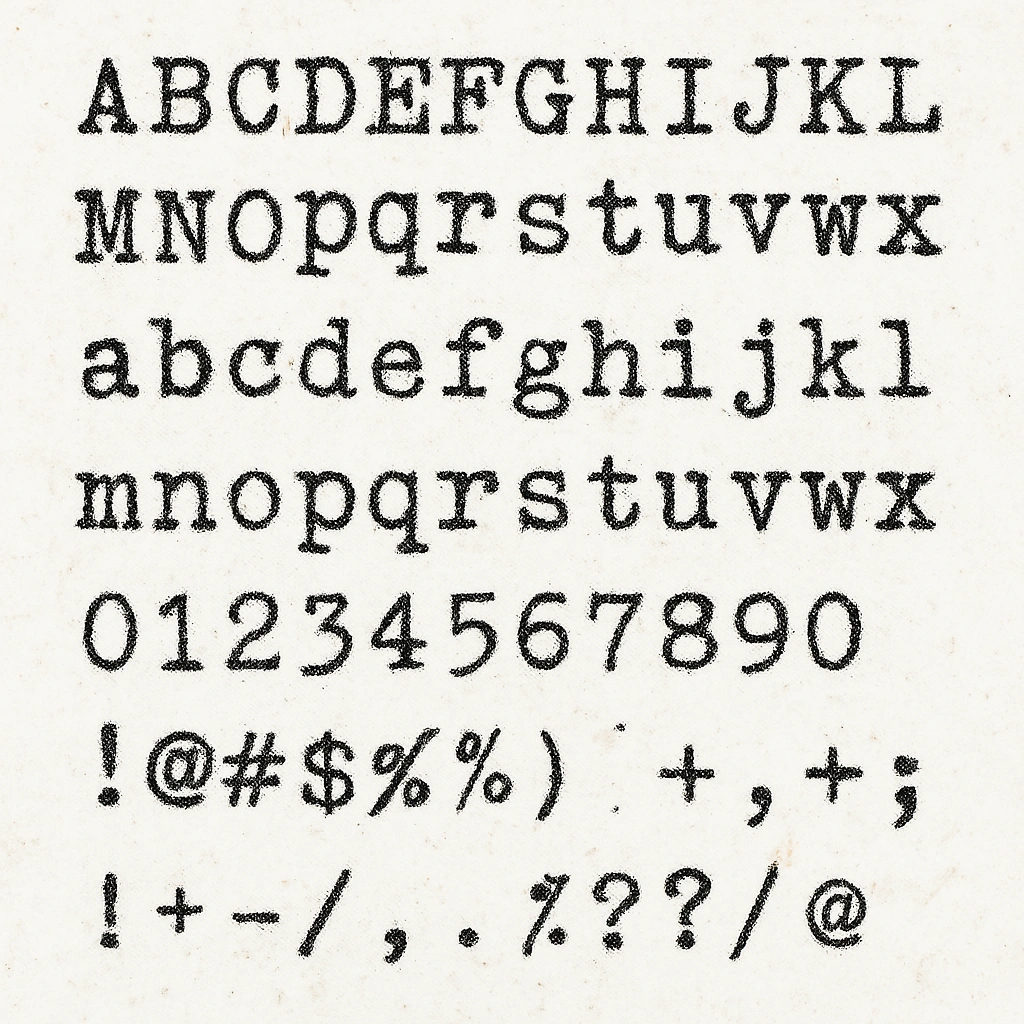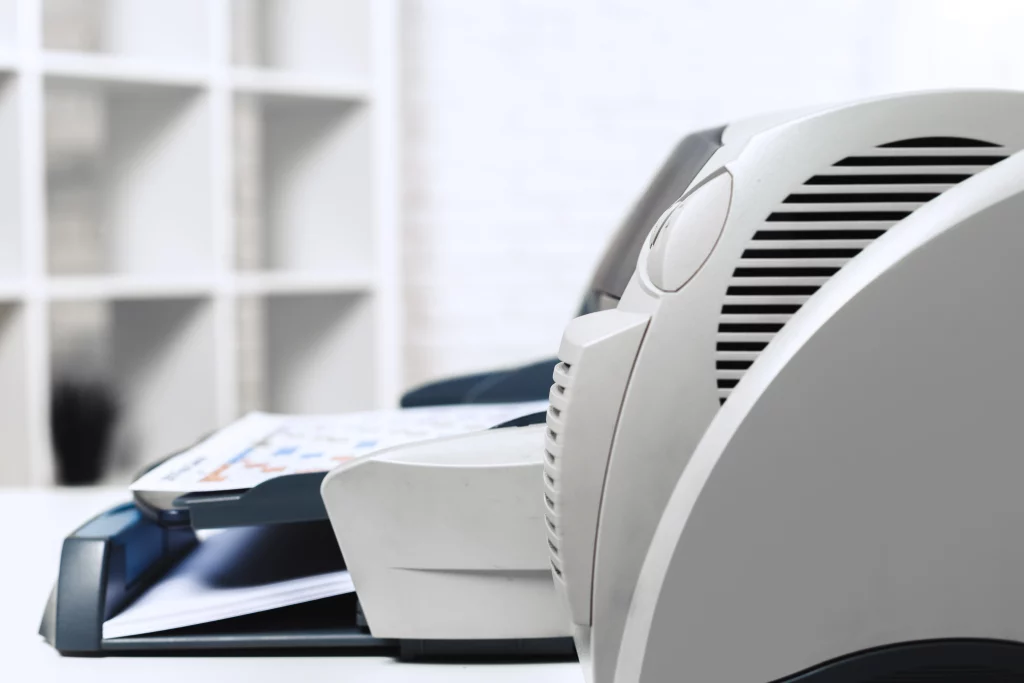Printing Techniques
Analyse Printing Methods and Authenticate Documents with Expert Precision.
What are Printing Techniques?
Printing techniques analysis involves the examination of the methods used to produce a document, such as the type of printer, ink used, and printing process, to determine its authenticity or detect alterations. This includes the study of how ink is applied to paper, the characteristics of the print, and any unique features that may identify the printing process or equipment used.
Why Choose Us
Unmatched Forensic Expertise
Recognised Court Authority
Legal-Grade Examination
How the Process Works
The analysis of printing techniques involves a detailed examination of the document’s characteristics to identify the printing method used. This may include comparing the print quality with known standards, examining the ink distribution and density, and analysing any unique markings or defects that are characteristic of a particular printing process or machine.
General Questions
What is the analysis of printing techniques in forensic document examination?
The analysis of printing techniques involves examining the methods used to produce a document, such as the type of printer, the ink used, and the printing process, to determine its authenticity or detect alterations.
How can the analysis of printing techniques help in investigations?
By identifying the printing method used, experts can determine if a document is consistent with its purported origin or if it has been produced using methods inconsistent with its alleged date or source.
What types of printing techniques can be analysed?
Forensic document examiners can analyse various printing techniques, including those used in laser printers, inkjet printers, offset printing, and other printing processes.
Acreditations


Aserve has used Forensic Docexam Ireland for years on a range of cases requiring handwriting analysis. Michael’s work is consistently excellent and ensures that reliable results are delivered for our clients. We would have no hesitation in recommending Forensic Docexam Ireland for anyone requiring handwriting analysis as the work is best in class”
Eoin Tully
CEO of Aserve Investigators Ltd
Michael was recommended to me by a retired Forensic Document Examiner I had used previously who had since retired. I have since used Michael for expert, Forensic Document Examination and Handwriting Comparison work for High Court proceedings. I found Michael to be very thorough and his expert report presented in an easy-to understand manner. It was also turned around very quickly when needed”
Gavin Simons
AMOSS LLP
I spent three years searching for a Forensic Expert in Ireland and many other countries. They all replied, but were afraid to tackle the corruption at the highest level of our society in Ireland. Michael Moore stepped up to the challenge. His work is independently fearless, professional, accurate and in my case a game changer. I sincerely thank Michael for his professional ability and independence”
Mr P. Morrissey



